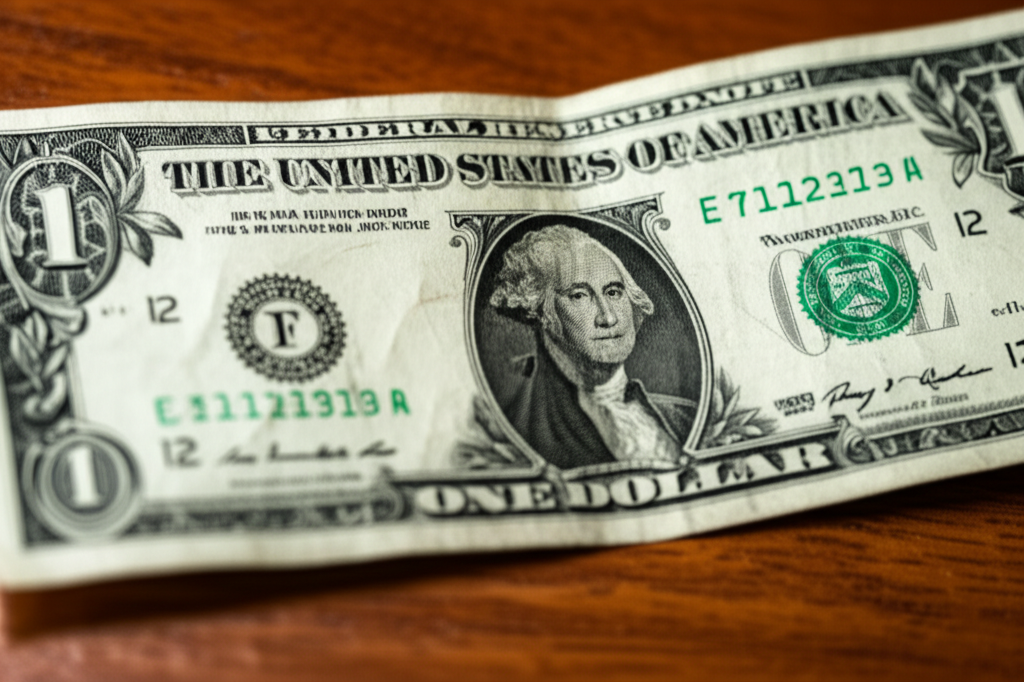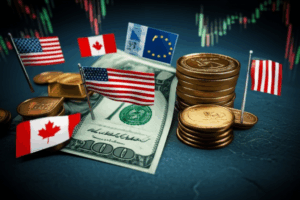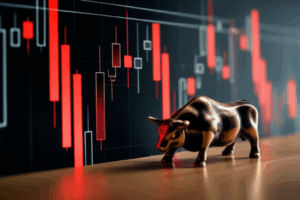Uncertainty Remains High at End of Rollercoaster Week for the US Dollar
The US dollar concluded a truly tumultuous week largely where it began, albeit after a series of significant swings that underscored the profound uncertainty permeating global financial markets. What began with strong bullish momentum, propelled by fresh inflation data, soon gave way to doubt and reversal, leaving currency traders and economists grappling with conflicting signals about the path forward for the world’s reserve currency. For young adults navigating the complexities of personal finance and nascent investment journeys, understanding these dynamics is crucial, as the dollar’s performance directly influences everything from the cost of imported goods to the attractiveness of international investments.
The week’s “rollercoaster” ride for the greenback was predominantly dictated by the release of key economic indicators, most notably the latest consumer price index (CPI) and producer price index (PPI) reports. Early in the week, hotter-than-expected inflation figures initially sent the dollar soaring. Both core and headline CPI data suggested that disinflation might be stalling, or at least progressing at a much slower pace than anticipated by the Federal Reserve and market participants. This immediately fueled expectations that the Federal Reserve would be compelled to maintain higher interest rates for longer, or even consider further hikes, thereby increasing the appeal of dollar-denominated assets and drawing in capital from around the globe. The immediate reaction saw the dollar strengthen against major currencies like the Euro, Yen, and Pound Sterling, reflecting a market bracing for a more hawkish Fed stance.
However, the dollar’s ascent proved to be short-lived, as subsequent interpretations and other economic cues injected a hefty dose of skepticism into the initial narrative. Later in the week, retail sales data, while still showing resilience, did not entirely reinforce the aggressive growth picture that might necessitate immediate Fed action. More critically, commentary from various Federal Reserve officials, while acknowledging persistent inflation, often maintained a nuanced tone, emphasizing data dependency and a cautious approach rather than signaling an immediate pivot towards further tightening. This subtle shift in rhetoric, combined with a realization that some of the inflation figures might have been impacted by seasonal adjustments or one-off factors, prompted a recalibration of market expectations. The dollar began to relinquish its earlier gains, as the prospect of aggressive rate hikes diminished, leading to profit-taking and a general cooling of bullish sentiment.
Beyond the domestic economic calendar, global factors also played a supporting role in the dollar’s volatile week. Geopolitical tensions, particularly in Eastern Europe and the Middle East, continued to simmer, providing occasional safe-haven bids for the dollar during moments of heightened uncertainty. Yet, these surges were often ephemeral, quickly overshadowed by shifts in interest rate expectations. Meanwhile, economic signals from other major economies, such as the Eurozone and Japan, also contributed to the dollar’s dance. For instance, any signs of economic weakness abroad, or a divergence in monetary policy paths, could temporarily boost the dollar as investors seek relative strength or yield differentials. The interplay of these forces created a challenging environment for forecasting, contributing to the dizzying up-and-down movements observed throughout the trading week.
As the week drew to a close, the prevailing sentiment was one of lingering uncertainty. Despite the dramatic movements, the dollar ended up consolidating within a relatively tight range, suggesting that conviction on either a sustained bullish or bearish trend remains elusive. The market is now keenly awaiting further clarity, particularly from upcoming Fed meetings and future data releases, which will provide a clearer picture of the trajectory of inflation, employment, and economic growth. Analysts suggest that the dollar’s path in the coming weeks will largely depend on whether the recent inflation uptick is a fleeting blip or a more entrenched trend, and how the Federal Reserve chooses to respond to it.
For young investors, this environment of high volatility and uncertainty underscores the importance of a diversified portfolio and a robust understanding of macroeconomic indicators. The dollar’s strength or weakness directly impacts the cost of goods and services, the profitability of multinational corporations, and the returns on international investments. As we head into the next trading week, all eyes will remain fixed on economic data and central bank pronouncements, as the “rollercoaster” ride for the US dollar appears far from over, and its direction will continue to shape the broader financial landscape.





